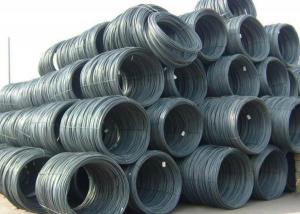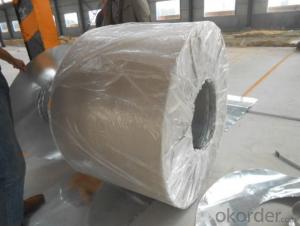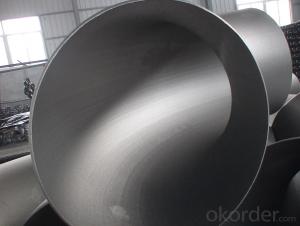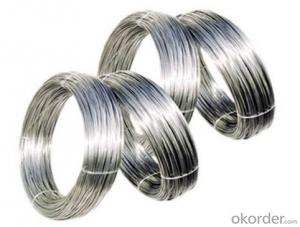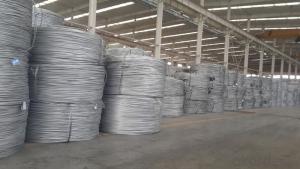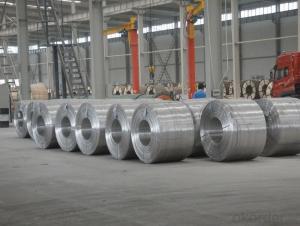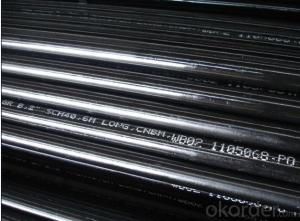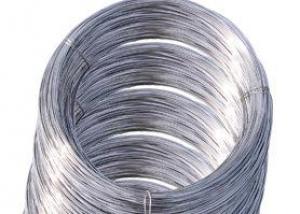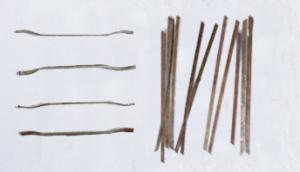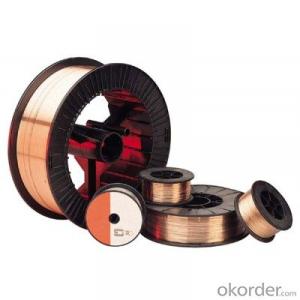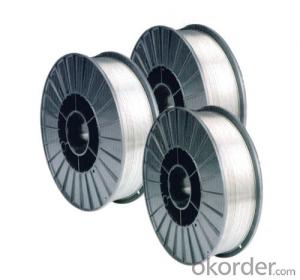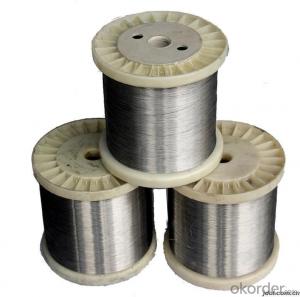Stainless Steel 1/2 Rod
Stainless Steel 1/2 Rod Related Searches
Best Paint For Stainless Steel Blanket Insulation For Steel Buildings Primer For Galvanized Steel Foam Filter For Stainless Steel H S Code For Stainless Steel Surface Grinding Wheels For Stainless Steel Surface Grinding Wheels For Hardened Steel Hole Saw For Stainless Steel Paint For Stainless Steel Stainless Steel For BbqHot Searches
Steel Mesh Panels For Sale Price For Stainless Steel Scrap Scrap Price For Stainless Steel Price For Stainless Steel Stainless Steel Tank For Sale Stainless Steel Sheets For Sale Cheap High Tea Sets For Sale Stainless Steel Tanks For Sale Stainless Steel For Sale High Density Fiberboard For Sale Solar Hot Water Collectors For Sale Scaffolding For Sale In Uae Scaffolding For Sale In Ireland Scaffolding For Sale In Houston Type Of Inverter For Solar Price Of Shipping Containers For Sale Types Of Inverter For Solar Stock Price For Aluminum Used Solar Inverter For Sale Steel Mesh Panels For SaleStainless Steel 1/2 Rod Supplier & Manufacturer from China
Okorder.com is a professional Stainless Steel 1/2 Rod supplier & manufacturer, offers integrated one-stop services including real-time quoting and online cargo tracking. We are funded by CNBM Group, a Fortune 500 enterprise and the largest Stainless Steel 1/2 Rod firm in China.Hot Products
FAQ
- Yes, stainless steel wire is suitable for heat exchangers. Stainless steel is known for its excellent corrosion resistance properties, high strength, and durability, making it an ideal material for heat exchangers. It can withstand high temperatures and extreme environments, ensuring reliable and efficient heat transfer. Additionally, stainless steel wire is easy to clean, making it suitable for use in heat exchangers that require regular maintenance. Overall, stainless steel wire is a popular choice for heat exchangers due to its superior performance and longevity.
- There are several different types of stainless steel wire rope slings, including single-part slings, multi-part slings, grommet slings, and endless slings. Single-part slings are made from a single length of wire rope with a loop eye at each end. Multi-part slings consist of several wire ropes parallel to each other and connected at the ends with fittings. Grommet slings are formed by looping the wire rope back onto itself, creating a grommet shape. Endless slings have no ends and are designed to be used in a continuous loop configuration.
- Indeed, wire mesh conveyor belts can be fabricated using stainless steel wire. The utilization of stainless steel wire is widely favored in the production of conveyor belts owing to its exceptional attributes such as remarkable strength, resistance to corrosion, and long-lasting nature. Moreover, it exhibits the capability to endure high temperatures and can be effortlessly cleansed, rendering it appropriate for an array of industries encompassing food processing, pharmaceuticals, and automotive sectors. Through the process of weaving the wire into a mesh formation, a robust and adaptable belt is formed, enabling the efficient transportation of materials on the conveyor system.
- Stainless steel wire is different from carbon steel wire primarily due to its composition and properties. Unlike carbon steel wire, stainless steel wire contains a higher content of chromium, which provides excellent resistance to corrosion and oxidation. This makes stainless steel wire more suitable for applications in harsh environments or where exposure to moisture is a concern. Additionally, stainless steel wire offers superior strength, durability, and temperature resistance compared to carbon steel wire, making it ideal for applications requiring high tensile strength or elevated temperatures.
- Yes, stainless steel wire can be used for bird control applications. Stainless steel is a highly durable and resistant material that can withstand harsh weather conditions, including rain and snow. It is also resistant to rust and corrosion, ensuring a longer lifespan for bird control installations. Additionally, stainless steel wire can be easily shaped and manipulated to create various barriers and deterrents that can effectively prevent birds from accessing certain areas. It is commonly used in bird netting, bird spikes, and bird wires to create physical barriers that keep birds away from buildings, structures, or crops. Overall, stainless steel wire is a reliable and effective choice for bird control applications due to its durability and resistance to environmental factors.
- Stainless steel wire drawing plate, matte stainless steel is the same
- Dissimilarity。Stainless steel wire drawing is a kind of metal processing technology. It is the most popular surface treatment technology in the stainless steel and aluminum products industry. It is the drawing effect of the stainless steel and aluminum products.
- 304 what's the difference between stainless steel and 316?
- 316 contains Mo, 304 does not contain. The function of Mo is to prevent embrittlement of steel by the agent of carbonation.316 and 304 chromium, like nickel, higher than 304, better corrosion resistance. General 316 for the Navy steel, used in the sea more.
- Stainless steel wire is widely used in the automotive exhaust industry due to its exceptional properties and numerous benefits. Here are some common uses of stainless steel wire in this industry: 1. Exhaust Manifold Gaskets: Stainless steel wire is used to manufacture exhaust manifold gaskets that provide a tight seal between the exhaust manifold and the engine block. The high strength and corrosion resistance of stainless steel make it an ideal material for this application, as it can withstand the high temperatures and harsh conditions of the exhaust system. 2. Exhaust Hangers: Stainless steel wire is utilized in the construction of exhaust hangers, which are responsible for supporting and securing the exhaust system. The wire's strength, durability, and resistance to corrosion ensure that the hangers can withstand the vibrations, heat, and exposure to environmental elements that the exhaust system encounters. 3. Muffler Baffles: Stainless steel wire is often used to create baffles within mufflers. These baffles serve to reduce noise levels and improve exhaust flow by disrupting and redirecting the exhaust gases. Stainless steel wire provides a lightweight yet sturdy solution that can withstand the high temperatures and corrosive gases within the muffler. 4. Exhaust Stacks: Stainless steel wire is utilized in the construction of exhaust stacks, particularly in heavy-duty vehicles such as trucks and buses. The wire is wound around a mandrel to form a spiral shape, providing strength and stability to the exhaust stack. Stainless steel wire's resistance to heat, corrosion, and mechanical stress ensures the longevity and reliability of the exhaust stack. 5. Exhaust Springs: Stainless steel wire is commonly employed in the production of exhaust springs, which are responsible for maintaining tension and flexibility within the exhaust system. These springs help to absorb vibrations and shocks, reducing the stress on other components. The high tensile strength and resistance to corrosion of stainless steel wire make it an ideal material for these springs. Overall, stainless steel wire is a versatile material that offers numerous advantages in the automotive exhaust industry. Its strength, durability, corrosion resistance, and ability to withstand high temperatures make it indispensable for various components within the exhaust system.
















